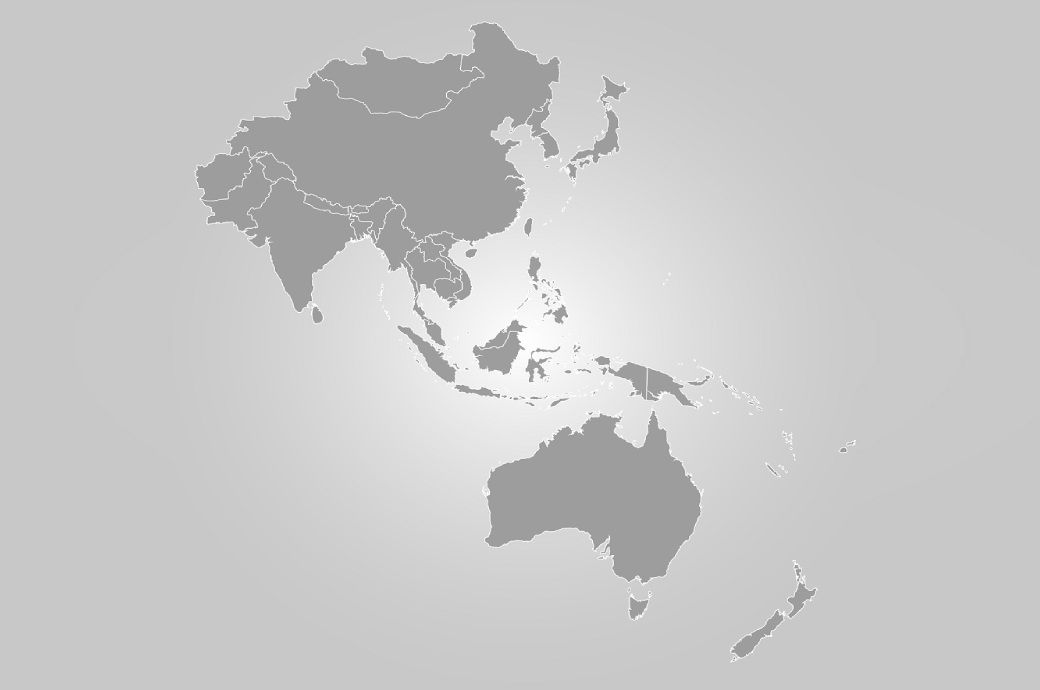
Tariff shocks are hitting Southeast and East Asia the hardest, followed by South Asia and the Pacific. Exports of Cambodia, Vietnam, Fiji, Sri Lanka, Thailand and Malaysia to the United States may fall by 23.9 per cent, 19.2 per cent, 19.6 per cent, 15 per cent, 12.7 per cent and 10.4 per cent, respectively.
Exporters are adjusting, but resilience depends on market exposure and product mix, the report titled ‘Disruption, Diversification, and Divergence: Adapting development strategy to a shifting trade landscape in Asia and the Pacific’ said.
It was released by the UNDP regional bureau for the Asia and the Pacific.
China shows how adaptation can work. Between April and August this year, its total exports grew by 5.9 per cent year on year (YoY), masking a 25-per cent fall in exports to the United States ($57 billion) offset by an 11 per cent gain to the rest of the world ($146 billion).
Not all countries can shift at the same speed or scale, the report noted. Export growth differentials to the rest of the world versus the United States climbed above 4 per cent in China by August and stayed positive throughout in Japan, South Korea and New Zealand.
These turned positive only recently in Malaysia and Singapore, while remaining negative in Indonesia, Pakistan, Thailand and Vietnam, reflecting continued dependence on the United States and more limited capacity to recalibrate.
The shifting trade landscape should be seen as an opportunity to reimagine development strategy through a dual-track approach, noted the report.
Competing globally in this new context means diversifying, upgrading and digitising, it noted. The region cannot rely on old markets alone. Countries need to forge new trade relationships, strengthen regional ties and climb higher up value chains.
Countries like Vietnam, Malaysia and Singapore are repositioning themselves through targeted incentives, supply chain strategies and artificial intelligence-enabled trade systems. However, challenges like infrastructure gaps and non-tariff barriers continue to hold back broader regional progress, the report observed.
Competitiveness abroad means little without resilience at home. This calls for stronger engines of domestic growth, wider social protection, and a workforce ready for the future.
The report highlights adaptive safety nets, reskilling and digital access for small businesses. Such measures can turn trade shocks into momentum for inclusive development. Indonesia, Cambodia and Bangladesh offer relevant models.
The report cautions APAC economies to focus long-term development goals and not get distracted by the negative effects of trade turbulence.
It urged countries to boost external competitiveness, protect the vulnerable, stay anchored in their national development strategies and the Sustainable Development Goals (SDGs) and deepen regional and global collaboration to confront challenges collectively.
“The global economy is entering a new chapter of rising protectionism, shifting trade alliances, and deepening uncertainty,” said Kanni Wignaraja, UN assistant secretary-general and UNDP regional director for Asia and the Pacific, in a press release.
“For Asia-Pacific, one of the most trade-dependent regions, this turbulence is seismic. It is also a moment of choice for economic and social reform,” he added.
“Countries that keep their eyes on the horizon, while adapting outward and reinforcing resilience at home, will emerge stronger, fairer and more future-ready,” said Philip Schellekens, chief economist for Asia-Pacific at UNDP.
ALCHEMPro News Desk (DS)
Receive daily prices and market insights straight to your inbox. Subscribe to AlchemPro Weekly!